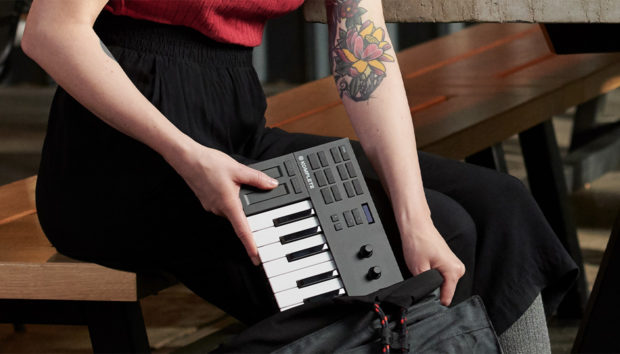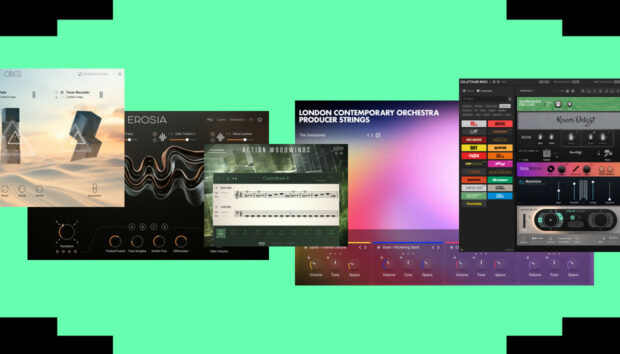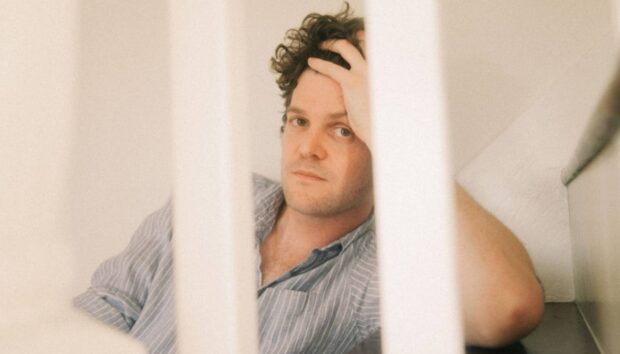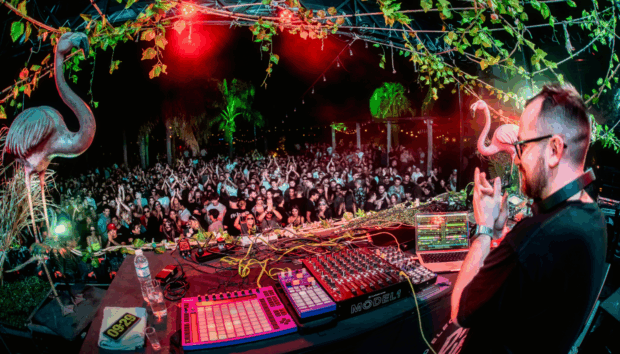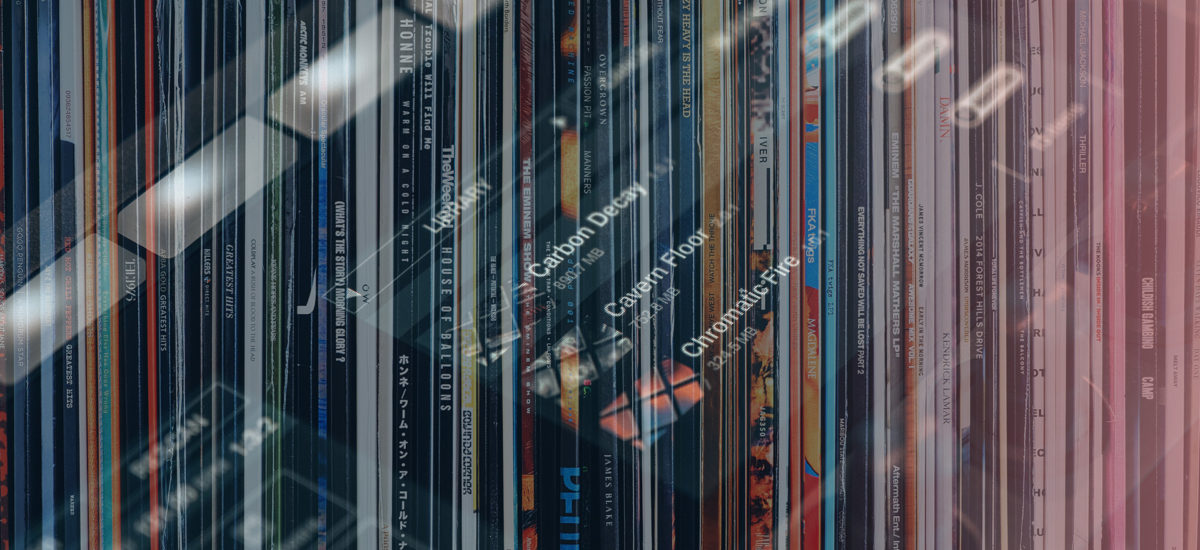
Hip hop music emerged out of New York City in the 1970s, in parallel with disco, electro, and other early experiments into producing music with new, electronic tools.
The genre has since grown into a vast, mainstream industry with a global audience. Now a new generation of artists is coming through to put their own spin on the classics, armed with fresh instruments, sounds, and ideas.
But the core principles of hip hop remain – the beats feel snappy and spontaneous, while the culture has retained an empowering, DIY attitude that was there from the beginning.
Sampling is a common production technique which features heavily in hip hop music – a big factor in the overall sound, and an important part of hip hop VSTs that are a part of the music we listen to today.
This guide will lay out the concept of sampling with some helpful background info, getting you ready to start flipping samples and creating your own beats and remixes.
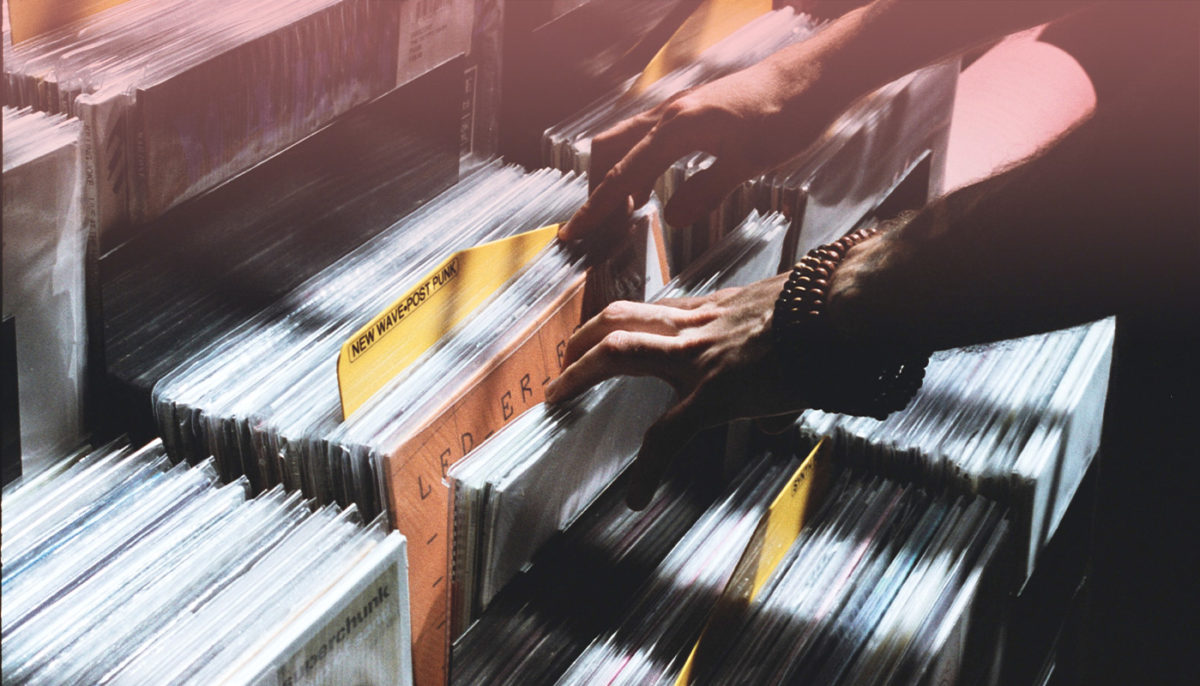
Hip Hop Samples Explained
We’ll begin by introducing what a sample is, then briefly run through the history of making hip hop music using samples.
What is a Sample?
A sample is a snippet of an existing music recording, which is cut out and re-used in a new piece of music.
A sample can be anything from a drum beat or instrumental lick to a recording of speech or ambient noise. Producers can chop and re-arrange the sample into new patterns, and warp it beyond all recognition by looping, stretching, and transposing – all using a tool called a sampler.
Where do Samples Come From?
The first generation of beat-makers relied on digging through crates of vinyl, searching for rare sounds and attention-grabbing nuggets of audio. These could then be isolated, chopped, mixed, and flipped into new tracks using a hardware sampler.
These days we have the added flexibility of digital tools and computers running powerful sampling software. What’s more, you can access huge libraries of high-quality, copyright-free sounds that have been recorded and organized specifically for sampling.
Your music production software probably has a selection of sample libraries built in, which is a great place to start.
How Are Samples Used?
A sample can be used in myriad ways – it could be the main hook of a track, or sit in the background to add texture and atmosphere.
In many cases, the use of a sample is obvious and easily identifiable. Let’s take a famous example: “Ice Ice Baby” by Vanilla Ice. You can probably bring to mind the opening riff with ease, but fewer people might be aware that this was lifted directly from the 1981 song “Under Pressure” by Queen and David Bowie.
Big, blatant samples can be found across the discographies of major artists like Daft Punk and Kanye West. Oftentimes a recognizable sample is a kind of homage, a musical tip of the hat to the original music.
One of the most famous hip hop drum samples is the Amen Break, a seven-second snippet of drums taken from the 1969 soul B-side “Amen, Brother” by the Winstons. It has been flipped by N.W.A. on “Straight Outta Compton”, Salt-N-Pepa on their 1986 single “I Desire”, as well as countless rave and drum and bass bangers through the ‘90s – making it the most sampled piece of music in history.
Samples aren’t just dropped in and left in their original form. They can be variously stretched and manipulated – even transposed across the notes of a keyboard, so you can play your own melodies using the source sample as an instrument.
Hip Hop is known for fairly conspicuous sampling – not hiding or smoothing out the process too much, but rather making it explicit. Recycling older sounds is an act of re-contextualizing the earlier music, an empowering part of the overall ethos of hip hop.
History of Hip Hop Samples
Of course, lifting ideas from older works and re-using them to create new art is nothing new – creativity is a constantly evolving alchemy between the influences of the past and the introduction of new experiments and innovations.
But sampling refers specifically to working with recorded music, hence its history is relatively recent.
The first generation of old-school hip hop was limited by technology, initially using vinyl turntables as an instrument to create loops in real time. Playing two copies of the same song, a skillful DJ could quickly cut back and forth between them, winding each record back to replay the same part on repeat and alternating between them using a mixer.
DJ Kool Herc was the pioneer of this technique, which he called “breaking”. DJs favored the short, rhythmic breakdown sections found in funk and soul records, cutting them into loops on the fly to create a hypnotic, repetitive accompaniment for breakdancing or rapping.
Clearly, live breaking is physically laborious and not easy to do accurately. Thankfully, samplers began to hit the market not long after this, from manufacturers such as E-mu, Akai, and Ensoniq.
A sampler allows you to record and play back the audio clip, which massively opened up the potential for making music in brand new ways.
Combining samples with drum machines and synthesizers, also newly released tools, artists began to move away from earlier disco and soul influences and forge fresh, progressive, and previously unheard sounds – hip hop, techno, and beyond.
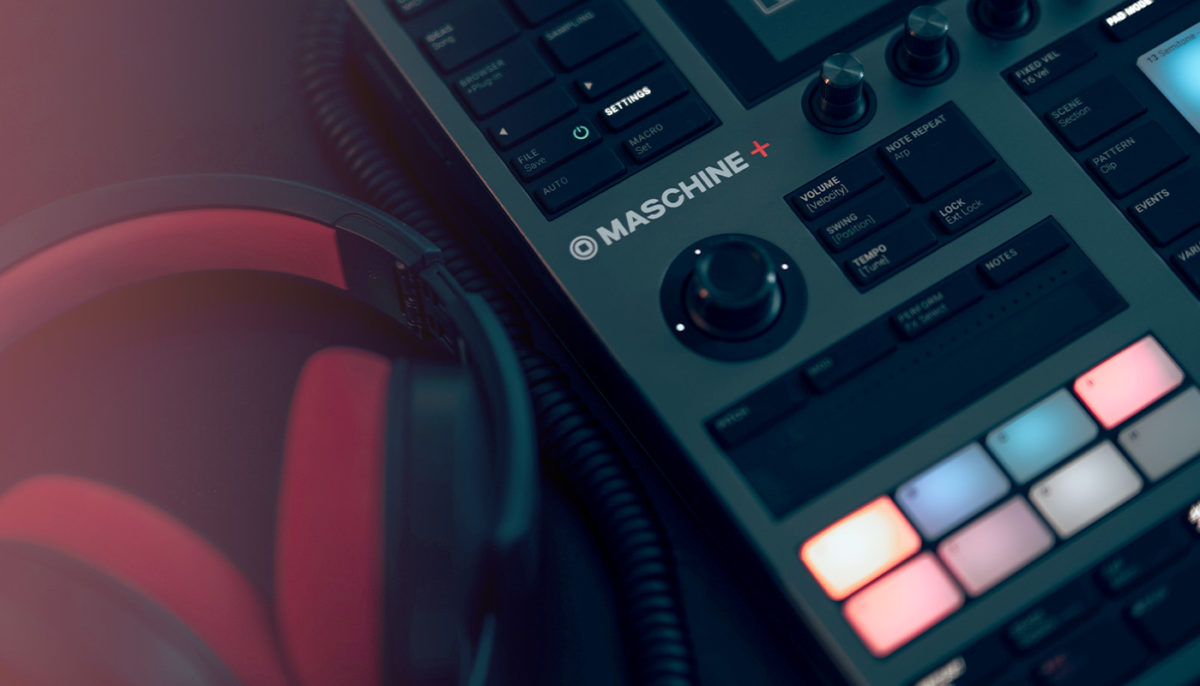
How to Make Hip Hop Beats With Samples
From its inception, hip hop was a grassroots movement made possible by new, affordable electronic tools for making and recording music by yourself.
Half a century later, hardware and software samplers are even more powerful and widely available – further democratizing peoples’ access to the tools required to produce music.
What You Need
A sampler is the main tool for manipulating samples – nowadays, these are available as either hardware or software.
Early hardware samplers were a real game-changer, as they allowed producers to loop and edit sounds quickly and intuitively. Most samplers are polyphonic, meaning they can play multiple sounds at once. Many also feature a sequencer function, allowing you to input rhythmic or melodic patterns. By layering up sounds and arranging the sections of a track, you can build complete beats with just a sampler.
Software samplers typically run inside a DAW, or Digital Audio Workstation. Of course, software lacks the physical, tactile response of hardware, but its greater flexibility and affordability make it a great option for modern producers wanting to trigger and manipulate samples within a DAW project.
MASCHINE offers the best of both worlds, a seamless hybrid of software and hardware.
Its grid of touch-responsive pads is reminiscent of classic Akai MPC designs, allowing you to get hands-on and also tweak parameters of virtual instruments in the DAW without interrupting your workflow.
MASCHINE+ takes things further, working as an all-in-one, standalone system for production and live performance without need of a computer. For a more streamlined software option, BATTERY is a cutting-edge software sampler focused on percussion – ideal for processing hip hop drum samples.
All of these products include a large and diverse sample library – pristine recordings of a range of sounds and classic instruments, which can be tweaked and customized with an array of powerful effects.
Where to Find Samples
This depends what kinds of samples you plan to use. You’ll need a decent microphone if you want to record your own samples – then the whole world is your oyster.
Sampling from records – the traditional method – requires a deep knowledge of music, an ear for little details and gems, plus the time and commitment to dig through crates and unearth the perfect sounds.
Sample libraries make life easier in this respect. The internet is a treasure trove of loop and sound packs – series such as EXPANSIONS cover all different hip hop flavors, from sample-heavy west coast vibes, via smooth R&B and jazzy downtempo, to more modern trap drums. STACKS, from NI’s Play Series, offers a quick and easy interface for editing and blending a variety of vintage sounds.
Clearing Samples
Sampling is not copying or plagiarizing, but the legality of re-using audio from existing tracks is a bit of a gray area. Generally, to use a sample you need to officially license it from the original copyright holder, and pay royalties for it. This isn’t always successful, so composers sometimes have to replace an uncleared sample with an original sound, which retains the same vibe while being different enough not to run into copyright infringement.
As a general rule of thumb, it’s safer and easier to use purpose-built sample collections – this way, you know you won’t run into any trouble. Alternatively, try sourcing and recording your own samples from the outside world – a method called ‘field recording’.
The art of sampling is in the layering of sounds into a kind of sonic mosaic.
One-shots vs. Loops
This refers to how the sample playback behaves. A one-shot is a single hit – when triggered, it plays once then fades away to silence. One-shots can be mapped across a keyboard to play different pitches, or assigned to hardware triggers to perform beats on the fly.
A loop, on the other hand, is a beat or phrase which continues to play in a repeating cycle once triggered. Electronic beats are generally made up of arrangements of looping patterns. Pre-made loops can be useful for sketching out quick ideas, or blending with your own sounds to add depth and texture to a project.
Creative Sampling
The art of sampling is in the layering of sounds into a kind of sonic mosaic. Building up a custom library of samples is a key part of sound design and developing your own signature sound.
Most producers today work with a DAW and software instruments, which can end up sounding a bit thin – too precise and perfect, to the point of sounding static and lifeless. Samples can give variety and movement to your tracks, adding some live swing and real-world energy.
There are many approaches to sampling, and different tips and tricks you can experiment with – but it is important not to overcrowd your project with too many clashing elements.
Especially in hip hop music, the samples need to complement each other and leave enough space in the mix for each element to breathe – this is what creates the distinctive, punchy sound of hip hop beats.
Another advantage of having a sample collection to hand is that you can try out different options until you hit upon the perfect combination. It’s a process of trial and error. Sometimes swapping out a key element late in the production process, say for example a kick drum sample, can be the missing link that gels the whole project together into a finished piece.
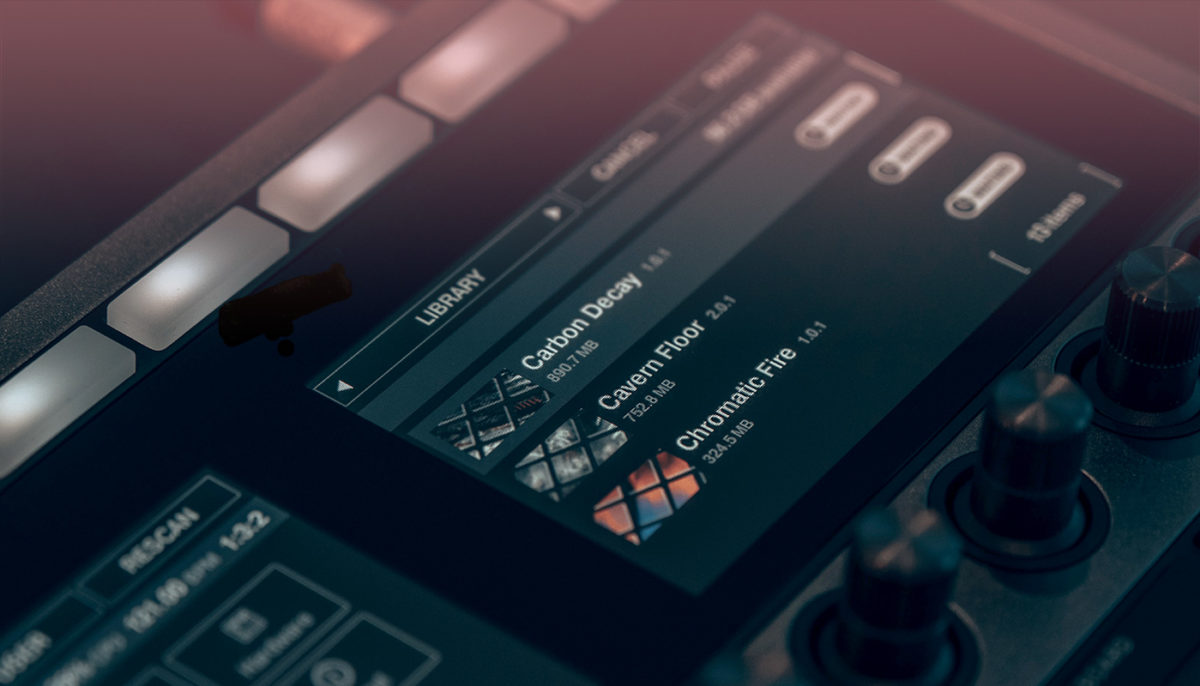
From Digging to Downloading
With the power of modern tech and digital production tools, making hip hop beats with samples has never been more accessible. So right now is the perfect time to jump in and start experimenting with samples – drawing on your experiences and influences, and reimagining them to tell your own unique story.











